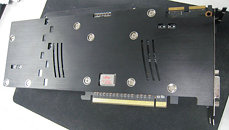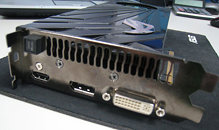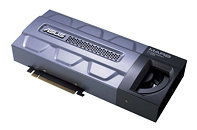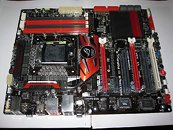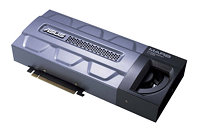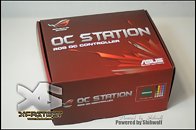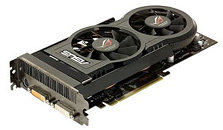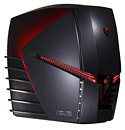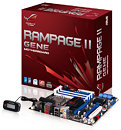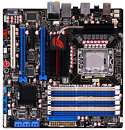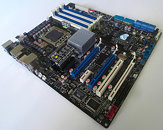
ASUS Radeon HD 5870 MATRIX 2GB Graphics Card Pictured
ASUS' Republic of Gamers MATRIX series of graphics cards is getting a new member, the EAH5870 MATRIX. This model, based on the ATI Radeon HD 5870 GPU has high-end construction, cooling, and voltage regulators, out of the box higher clock speeds, overclocking headroom, and twice the amount of memory: 2 GB. The cooler and backplate design resembles that of ASUS' GeForce GTX 285 MATRIX.
The clock speeds on this card stand at 900 MHz (core) and 1225 MHz (memory, 4900 MHz effective). The card seems to have a stronger VRM circuit that supports higher clock speeds. It draws power from two 8-pin PCI-Express connectors. Display connectivity includes one each of DVI-D, HDMI, and DisplayPort.
Overclocker-friendly features may include ASUS' VoltageTweak software voltage control, a "safe mode" button that falls back to failsafe clock speed and voltage settings, among other things. There is no word on its availability, though we expect to learn more about this card at the upcoming CeBIT event.
The clock speeds on this card stand at 900 MHz (core) and 1225 MHz (memory, 4900 MHz effective). The card seems to have a stronger VRM circuit that supports higher clock speeds. It draws power from two 8-pin PCI-Express connectors. Display connectivity includes one each of DVI-D, HDMI, and DisplayPort.
Overclocker-friendly features may include ASUS' VoltageTweak software voltage control, a "safe mode" button that falls back to failsafe clock speed and voltage settings, among other things. There is no word on its availability, though we expect to learn more about this card at the upcoming CeBIT event.

